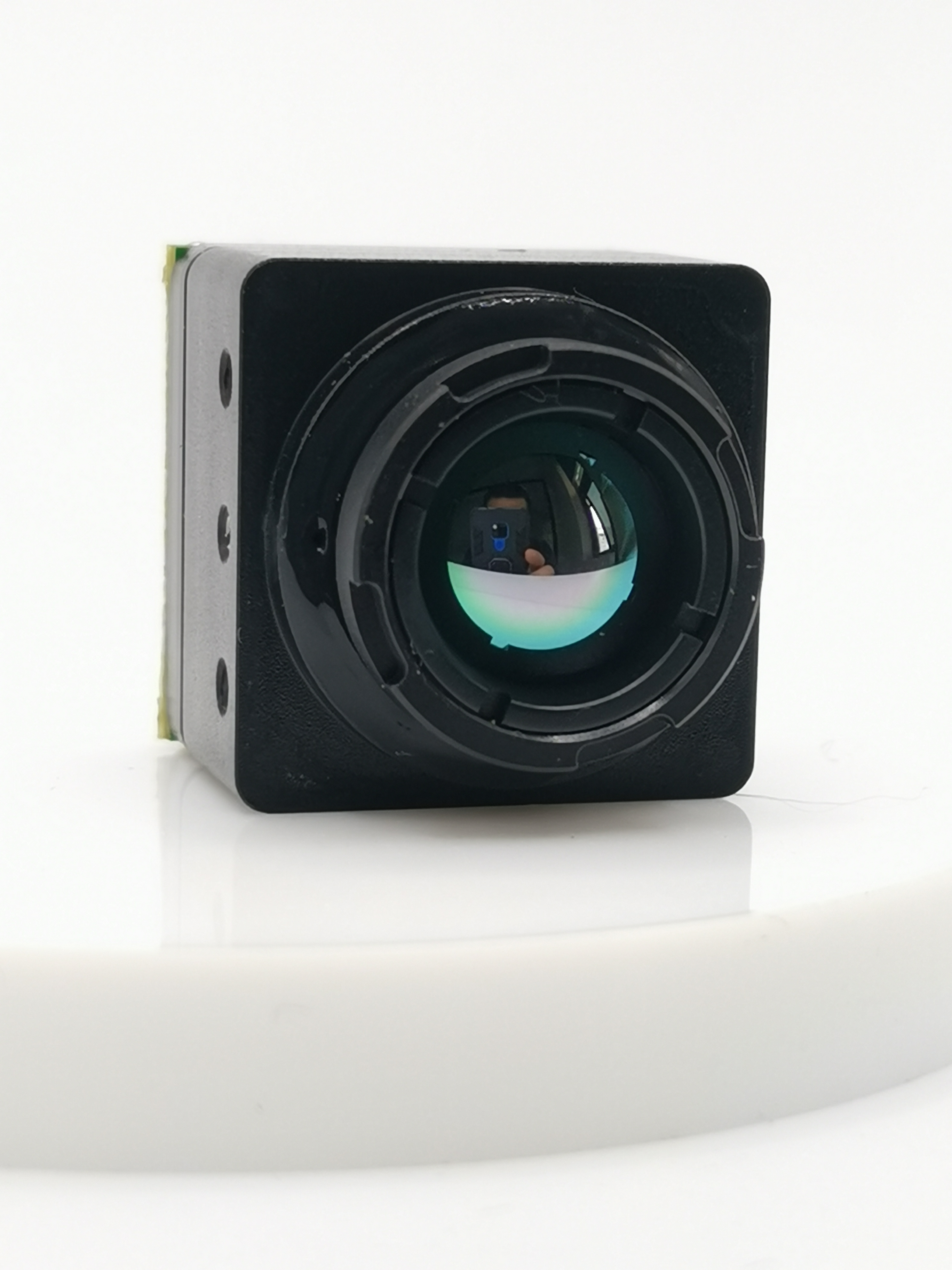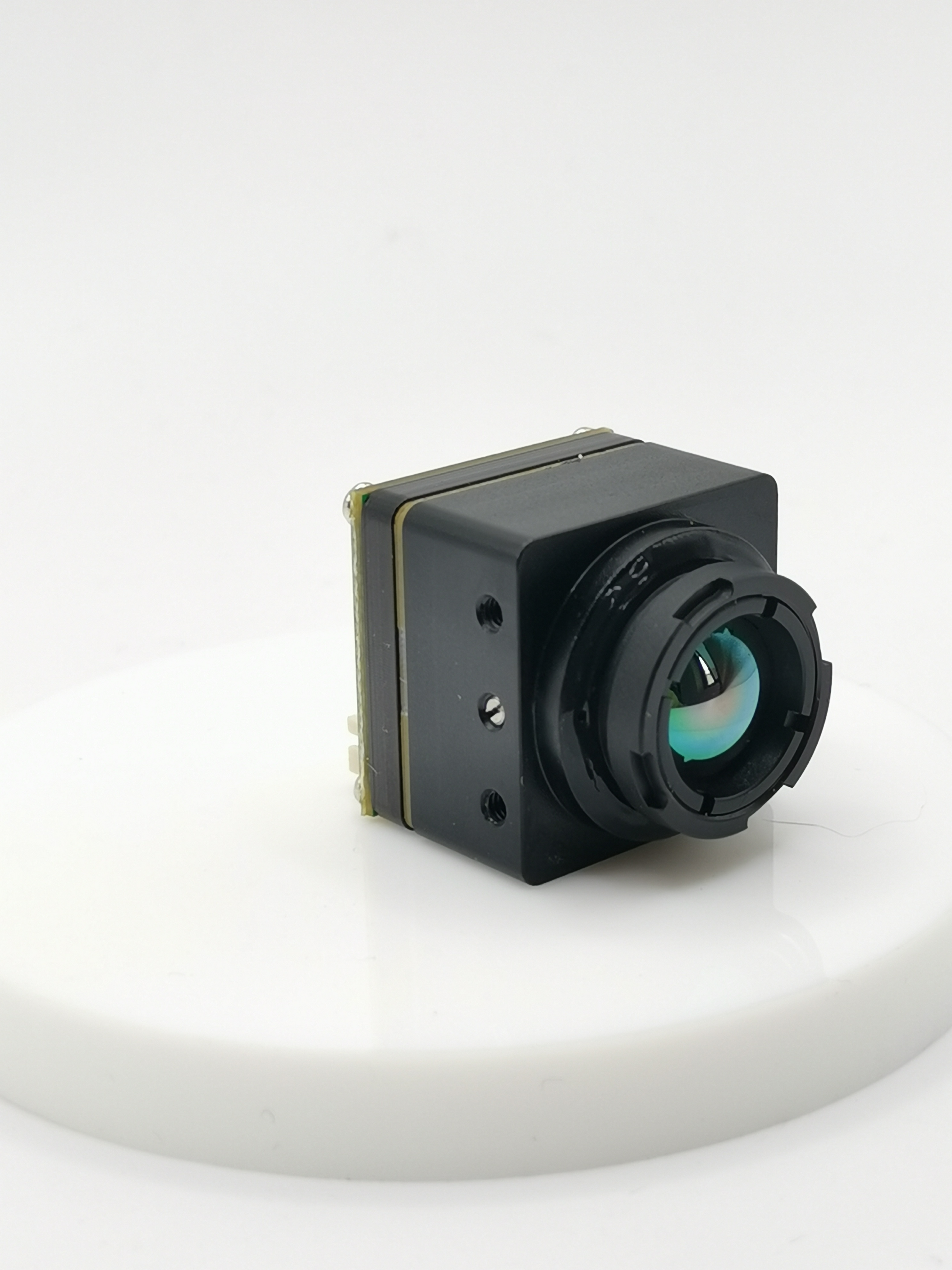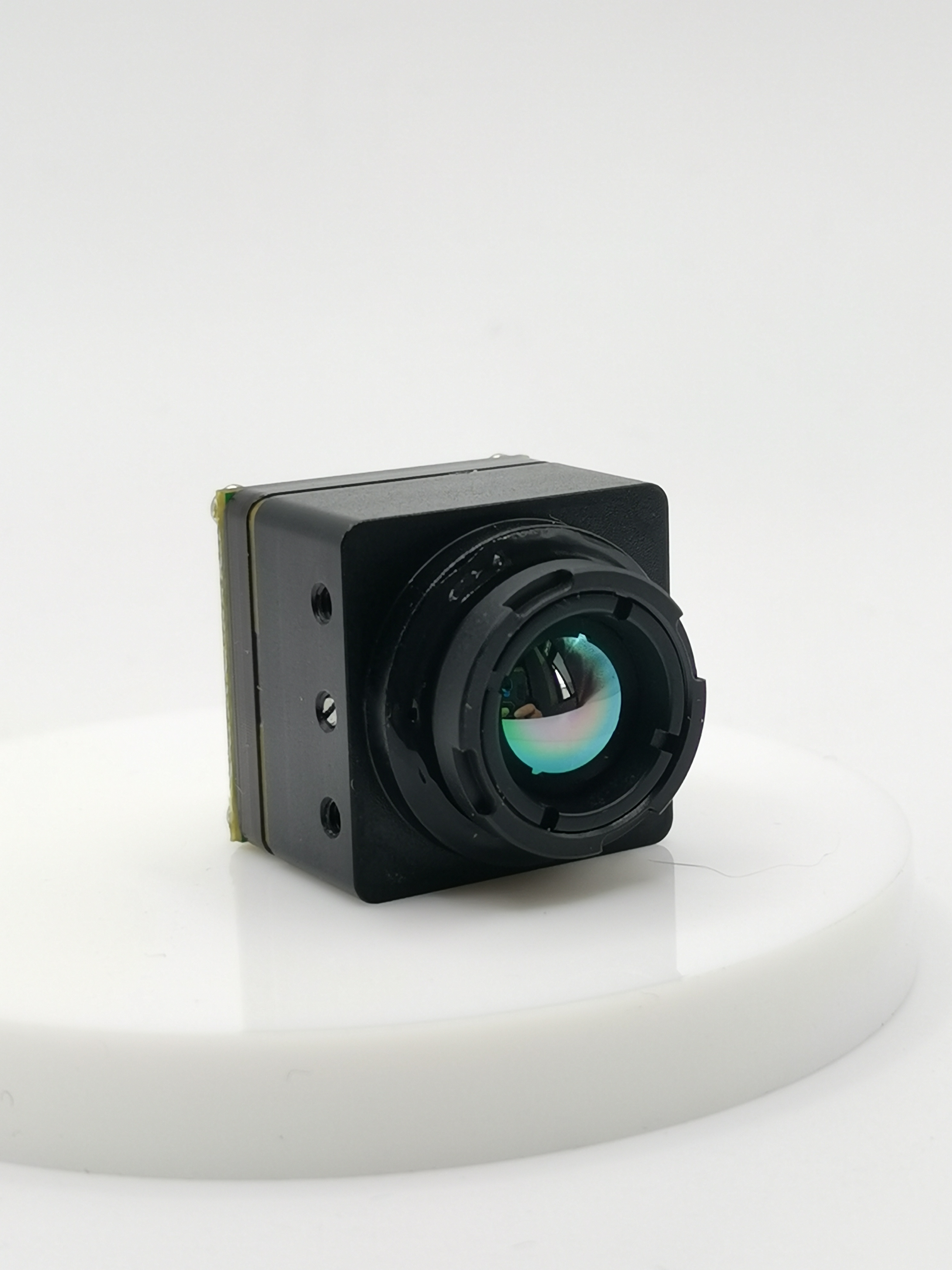Top 5 Tips for Thermal Imaging Camera Rental for Drones

Thermal imaging plays a crucial role in enhancing the capabilities of drones, providing accurate monitoring and data collection. Renting thermal imaging cameras for drones offers a cost-effective solution compared to purchasing outright. Understanding the nuances of thermal imaging camera rental for drones is essential for a successful experience. If you're looking for thermal imaging camera rental for drones near me, this blog will delve into five invaluable tips to guide you through the process and ensure optimal results.
Research Rental Options
When seeking thermal imaging camera rentals for drones, exploring various rental options is crucial to finding the best fit for your needs. Begin by examining both local and online sources to identify rental companies that offer thermal imaging cameras suitable for drone use.
Local and Online Sources
To find thermal imaging camera rentals for drones near you, consider reaching out to local drone service providers or browsing online platforms specializing in drone equipment rentals. By comparing the prices and services offered by different rental companies, you can make an informed decision based on your budget and requirements.
Reviews and Testimonials
Before finalizing a rental agreement, take the time to review customer feedback regarding the thermal imaging cameras provided by the rental companies. Evaluating the reputation of these companies through testimonials can give you valuable insights into their reliability and the quality of their equipment.
Understand Camera Specifications

When considering thermal imaging camera rentals for drones, understanding the camera specifications is paramount to achieving optimal results. Begin by acknowledging the significance of high resolution in capturing detailed thermal images. High resolution ensures clarity and precision in identifying temperature variations, essential for accurate data analysis.
Moreover, sensitivity plays a crucial role in obtaining precise thermal readings. A camera with high sensitivity can detect subtle temperature differences effectively, providing valuable insights during aerial inspections or monitoring tasks.
In addition to resolution and sensitivity, it's vital to ensure that the rented camera is compatible with your specific drone model. Verify compatibility to guarantee seamless integration and operation between the thermal imaging camera and your drone. Check for any necessary mounts or accessories required for attaching the camera securely to your drone platform.
By comprehensively understanding these camera specifications, you can make an informed decision when selecting a rental option that aligns with your operational needs and enhances the efficiency of your aerial missions.
Evaluate Rental Terms
When considering thermal imaging camera rentals for drones, it is essential to thoroughly assess the rental terms to avoid any unexpected costs or liabilities. Understanding the duration options and associated costs is crucial for proper budgeting and planning. By examining daily, weekly, and monthly rates, lessees can select the most cost-effective rental period that aligns with their project timelines.
Furthermore, being aware of potential hidden fees and additional charges ensures transparency in the rental agreement. Lessees should carefully review the terms to identify any extra costs that may impact their overall budget. Clear communication regarding pricing details can prevent misunderstandings and facilitate a smooth rental experience.
Regarding insurance and liability, lessees must prioritize understanding coverage for damages to the rented equipment. In the event of any unforeseen accidents or malfunctions during drone operations, having adequate insurance protection can mitigate financial risks. Additionally, clarifying responsibilities in case of lost or stolen equipment is vital to determine accountability and avoid disputes.
By diligently evaluating these rental terms, lessees can make informed decisions when renting thermal imaging cameras for drones, ensuring a seamless and secure rental process.
Test Before Renting

Functionality Check
To ensure a smooth rental experience, lessees should conduct a thorough functionality check before finalizing the agreement. Testing the thermal imaging camera's performance is essential to guarantee optimal functionality during drone operations. By assessing the camera's ability to capture thermal images accurately and efficiently, lessees can verify its suitability for their specific monitoring needs.
Ensuring all features work properly
Lessees must also verify that all features of the rented thermal imaging camera are in working order. Checking functionalities such as temperature measurement accuracy, image clarity, and real-time data transmission ensures that the camera meets operational requirements. By confirming the proper functioning of all features, lessees can prevent potential issues during aerial missions and maximize the utility of the thermal imaging equipment.
Technical Support
Access to reliable technical support is crucial when renting thermal imaging cameras for drones. Lessees should prioritize rental companies that offer prompt customer support services for troubleshooting and assistance. Having access to knowledgeable support staff can help address any operational challenges or technical issues that may arise during drone flights.
Availability of customer support
Ensuring the availability of customer support resources is vital for resolving any queries or concerns promptly. Lessees should inquire about the responsiveness of technical support teams and the accessibility of troubleshooting resources. Clear communication channels with customer support personnel can enhance the overall rental experience and provide reassurance in case of any unforeseen difficulties.
Plan for Data Management
When preparing for thermal imaging data management, it is essential to consider efficient solutions for storing and securing the collected data. Explore various options available for storing thermal data and prioritize measures to ensure its confidentiality.
Data Storage Solutions
Opt for cloud-based storage services to securely store vast amounts of thermal imaging data without the need for physical hardware.
Utilize external hard drives or memory cards as additional backup options to safeguard critical thermal information.
Options for storing thermal data
Implement a systematic folder structure to categorize thermal images based on location, date, or specific projects.
Regularly back up thermal data to prevent loss in case of technical failures or accidents.
Ensuring data security
Encrypt stored thermal data to protect sensitive information from unauthorized access.
Establish access controls and permissions to regulate who can view or modify the stored thermal images.
Data Analysis Tools
Familiarize yourself with software designed for analyzing thermal images to extract valuable insights and trends from the collected data.
Invest time in learning how to effectively use these analysis tools to enhance your understanding of thermal patterns and anomalies.
Software for analyzing thermal images
Consider popular software such as FLIR Tools or DJI Thermal Analysis Tool for comprehensive thermal image processing capabilities.
Explore open-source options like ImageJ or MATLAB for customizable analysis of thermal data sets.
Training for using analysis tools
Engage in online tutorials or training sessions provided by software developers to master the functionalities of thermal image analysis tools.
Practice interpreting thermal image results to improve your proficiency in identifying temperature variations accurately.
To summarize, researching rental options, understanding camera specifications, evaluating rental terms, testing before renting, and planning for data management are crucial steps for a successful thermal imaging camera rental experience.
Embrace these tips to enhance your drone operations with efficient thermal imaging capabilities.
Renting thermal imaging cameras offers flexibility and cost-effectiveness, allowing you to access advanced technology without the commitment of ownership.
See Also
Selecting the Top Thermal Imaging Drone for Aerial Thermography
The Definitive Manual for Selecting a Drone with Thermal Camera
Discovering Great Deals on Thermal Cameras for Drones
Selecting the Ideal FPV Thermal Camera for Drone Imaging
Picking the Top Analog FPV Thermal Camera for Thermal Drones
Contact Us: Ms. Coco Huang
E-mail: sales@iasun.cn
WhatsApp/Wechat: +86 13510421923

